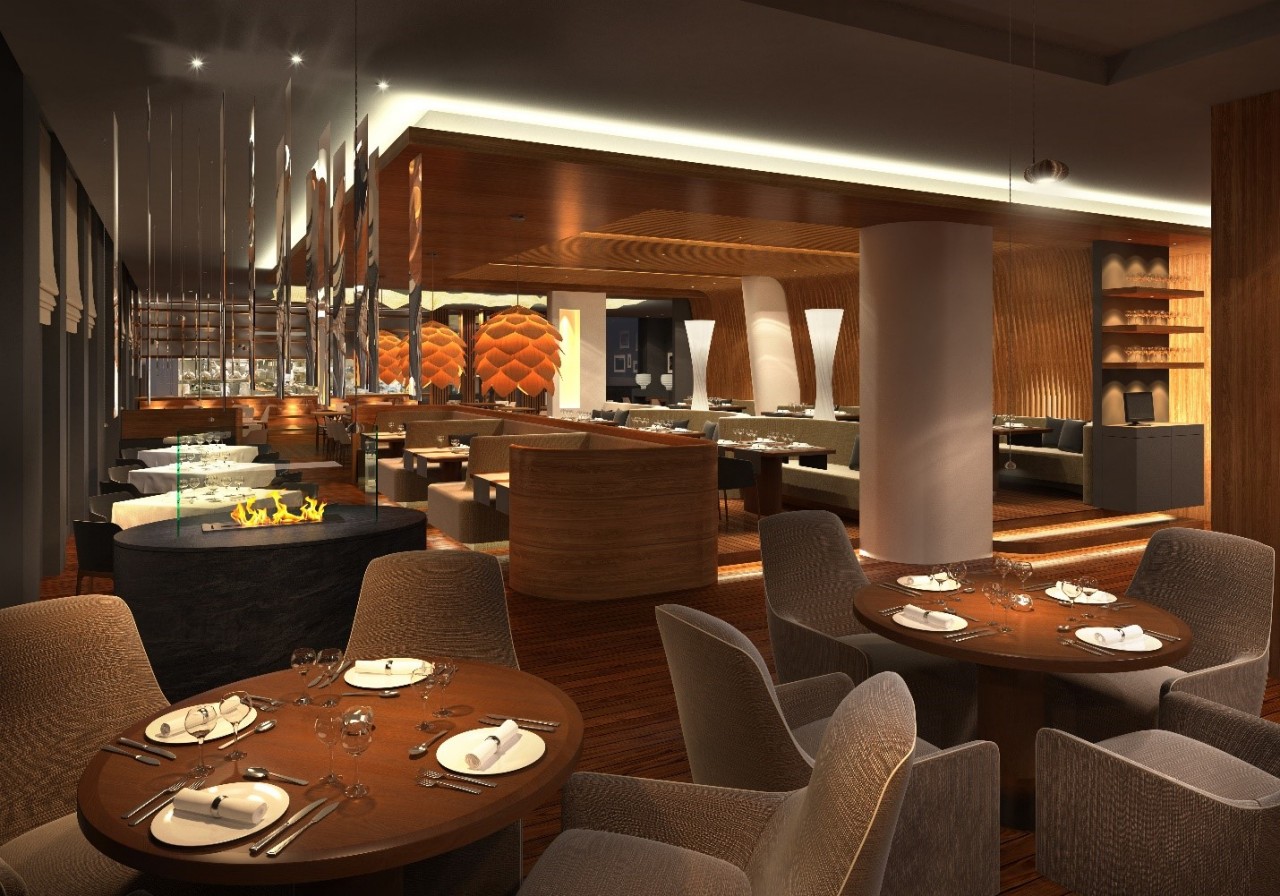Stop Wasting Money on Inefficient Commercial Lighting
The US Department of Energy estimates that by the year 2030, LED lights could save up to $15 billion in energy costs across the country. In other words, if you haven't upgraded your commercial lighting system with LED fixtures yet, your business is probably wasting money. So why wouldn't you want to lower energy costs in your Frisco, TX business by giving your system an updated boost? In this blog, we'll show you how smart building technology, lighting control, and low-voltage fixtures efficiently reduce energy costs. Keep reading for more.
SEE ALSO: How Lighting Control Makes Your Conference Room Smarter
Save up to 60% with Smart Lighting
Integrated lighting control is an easy way to start saving money immediately. According to Lutron, an automated system can save up to 60 percent of the energy used in a non-automated or manual system. In fact, depending on your lighting strategy, you may even save in other areas, like HVAC cooling.
With an integrated lighting control system, you can schedule lights to adjust their levels based on the time of day and peak operating hours. Strategic scheduling can save up to 20 percent on lighting usage alone.
Occupancy sensors minimize the need to turn lights on and off throughout the day. When users enter or leave a room, the system will automatically respond. Efficient sensors can save up to 60 percent of a room’s lighting usage.
Daylight harvesting and demand response will automatically adjust the lights to operate the most efficiently. Harvesting systems will dim the artificial lights when there’s sufficient sunlight in the room and will bring usage reduction up to 60 percent. Demand response automatically improves critical load stability and can save up to 50 percent during peak lighting hours.
Low-Voltage Helps You Save
Many business owners become weary of low-voltage lighting systems because of the initial up-front cost. Though low-voltage fixtures are more expensive than traditional line-voltage fixtures at first, they're proven to reduce operating costs over time for frequently used spaces.
A standard, line-voltage lighting system uses 120-volts so that you can plug in just about any lamp or fixture. Conversely, a low-voltage system uses between 12 and 24 volts. Transformers (either independently installed or part of the fixtures themselves) mitigate the volts to accommodate the low-voltage fixtures.
Low-voltage fixtures don't use less electricity than line-voltage systems. Rather, they use power more efficiently, producing higher wattage for the same amount of energy consumption. And because low-voltage fixtures are so efficient, they tend to last longer and suffer less wear and tear than their line-voltage counterparts.
Lastly, the quality of light from low-voltage fixtures is far superior. Compared to a line-voltage system, the light appears sharper and less diffused.
At DeVance Electronic Lifestyle, we’re committed to crafting smart building technology systems that operate efficiently to help your business grow. If you’d like to work with North Eastern Texas’ technology expert, click here or give us a call at (214) 389-4985 today!




